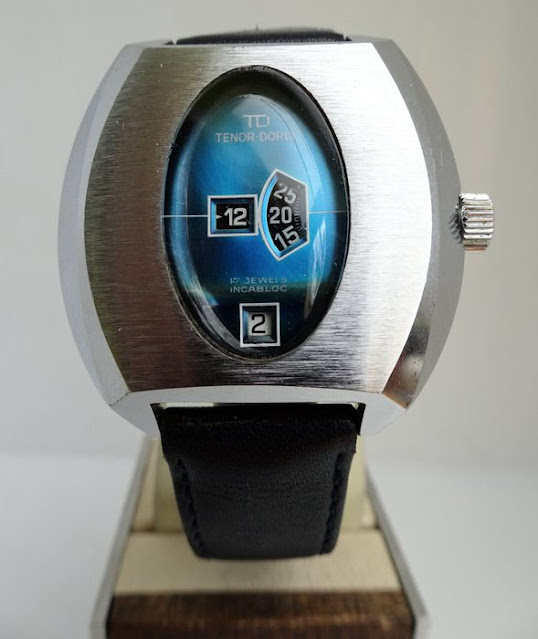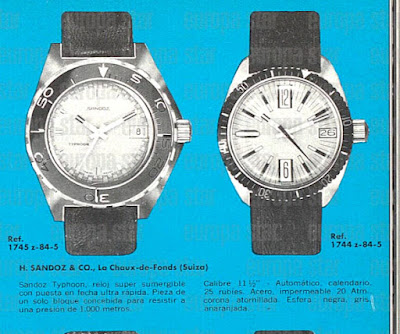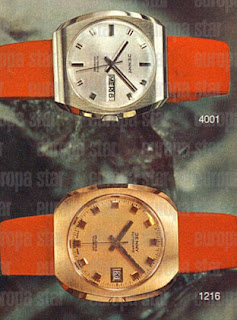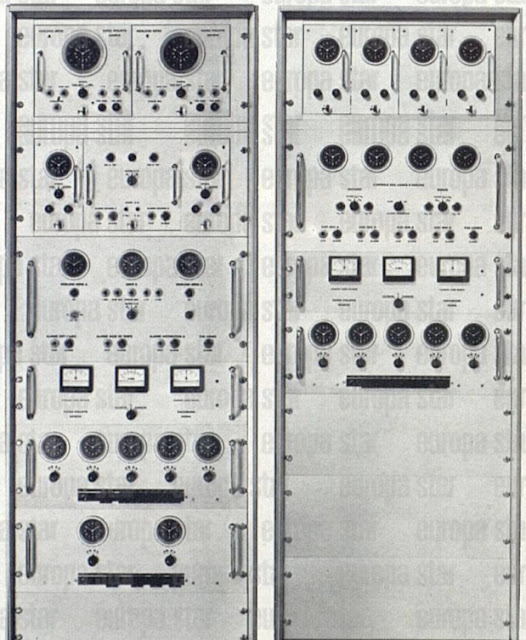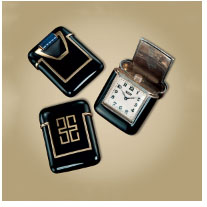ORIGIN AND DEVELOPMENT OF EYEGLASSES
In the course of centuries, spectacles have become a fashion accessory, because feminine wearers have been clever enough to transform this utilitarian object into a means of adornment. Only very few people know that spectacles have been around since the 13th century at a time in which the clergy gave very strong impulses to intellectual and cultural activity as well as to scientific research. As a matter of fact, spectacles were invented by a monk, the Englishman Roger Bacon. In the year 1267 he discovered the so-called "reading glass" which was made from beryl, a light green semi-precious stone which magnified manuscript letters. The first "reading glass" was rarely used by women in those remote days, as only a few of them were able to read. At that time it was the privilege of the wealthy nobility to own a sight-aid. The cost of a reading glass was very high, while its manufacture was a lengthy process. Later another glass was added to this single reading glass ...


